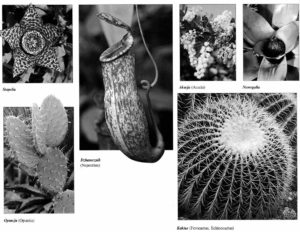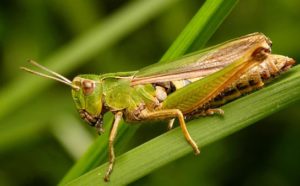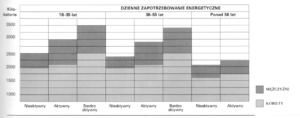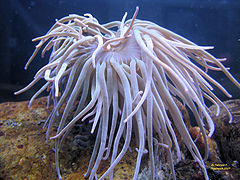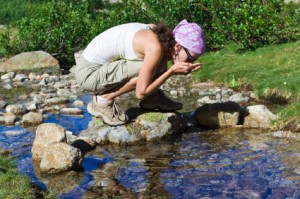JAK ZWIERZĘTA PRZYSTOSOWUJĄ SIĘ DO ŻYCIA W NATURALNYM ŚRODOWISKU
Koszatka
Tego małego i szybko poruszającego się gryzonia cechuje szybka przemiana materii. W zimie, gdy trudno o pożywienie, zapada w sen, i wtedy jego serce wolniej bije, krew przestaje tak szybko krążyć, a oddech uspokaja się. Organizm wykorzystuje zapasy tłuszczu, jakie zostały nagromadzone przed zapadnięciem w długi sen.
Fenek
Wielkie uszy tego drapieżnika z rodziny psów pozwalają mu usłyszeć w nocy najmniejszy odgłos zdradzający obecność potencjalnej ofiary, a są nią drobne bezkręgowce i owady. Duża powierzchnia uszu ułatwia ponadto chłodzenie ciała. Ma duże znaczenie na spieczonych słońcem pustyniach, które są środowiskiem fenka.
Ryjówka
Małe rozmiary ciała i duża ruchliwość powodują, że u ryjówki zachodzi szybka przemiana materii. Dlatego musi ona niemal bez ustanku jeść, by utrzymać się przy życiu.
Wieloryb
Chociaż wieloryb należy do gromady ssaków i musi oddychać jak my, jest znakomicie przystosowany do życia w oceanach. W czasie wynurzania jeden wdech wieloryba trwa aż dwadzieścia minut. Dzięki temu może później dość długo przebywać pod wodą poszukując pożywienia. Mając jednak tak bardzo wyspecjalizowane organy, wieloryb na zawsze jest już skazany na życie w jednym środowisku.
Świnia – PRAWIE JAK CZŁOWIEK
Oprócz małp, podobną do człowieka fizjologię ma również Świnia. Tak jak człowiek może jeść zarówno pokarm zwierzęcy jak i roślinny, a wiele narządów świni funkcjonuje podobnie jak u ludzi. Ma jednak ona więcej tłuszczu i grubszą skórę. Dawniej kanibale z wysp Pacyfiku mawiali o jedzeniu-„długich świń”, co dotyczyło podobieństwa między ludzkim a świńskim mięsem.
Świnia domowa
Funkcje życiowe u świni są podobne do czynności ludzkiego organizmu.

